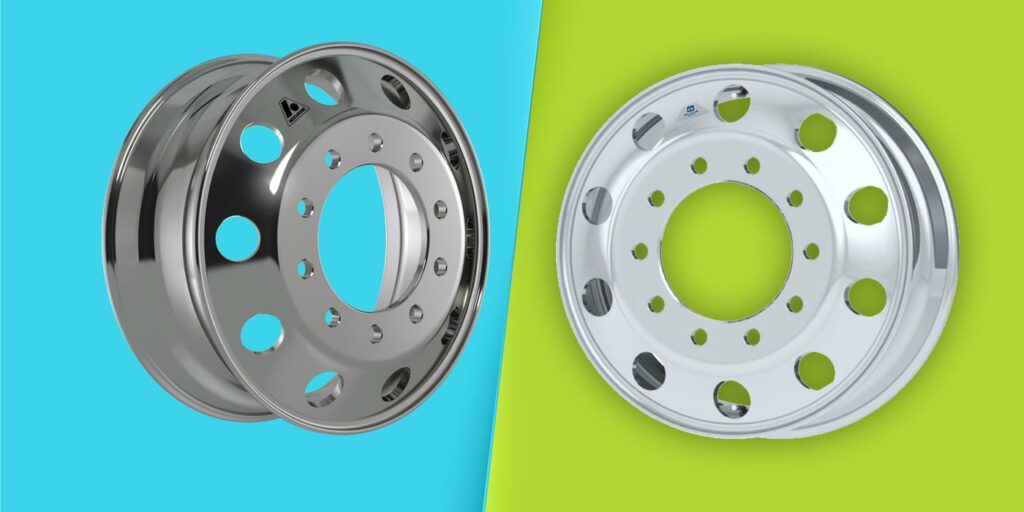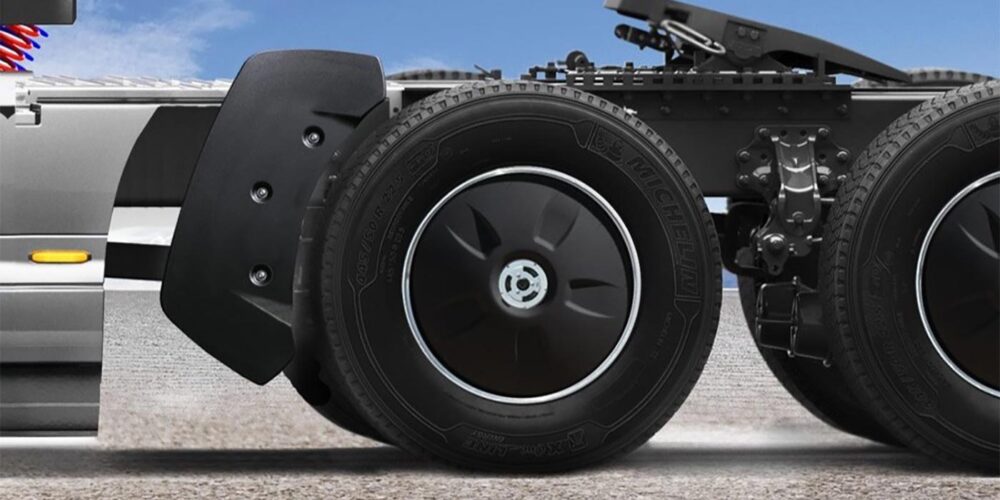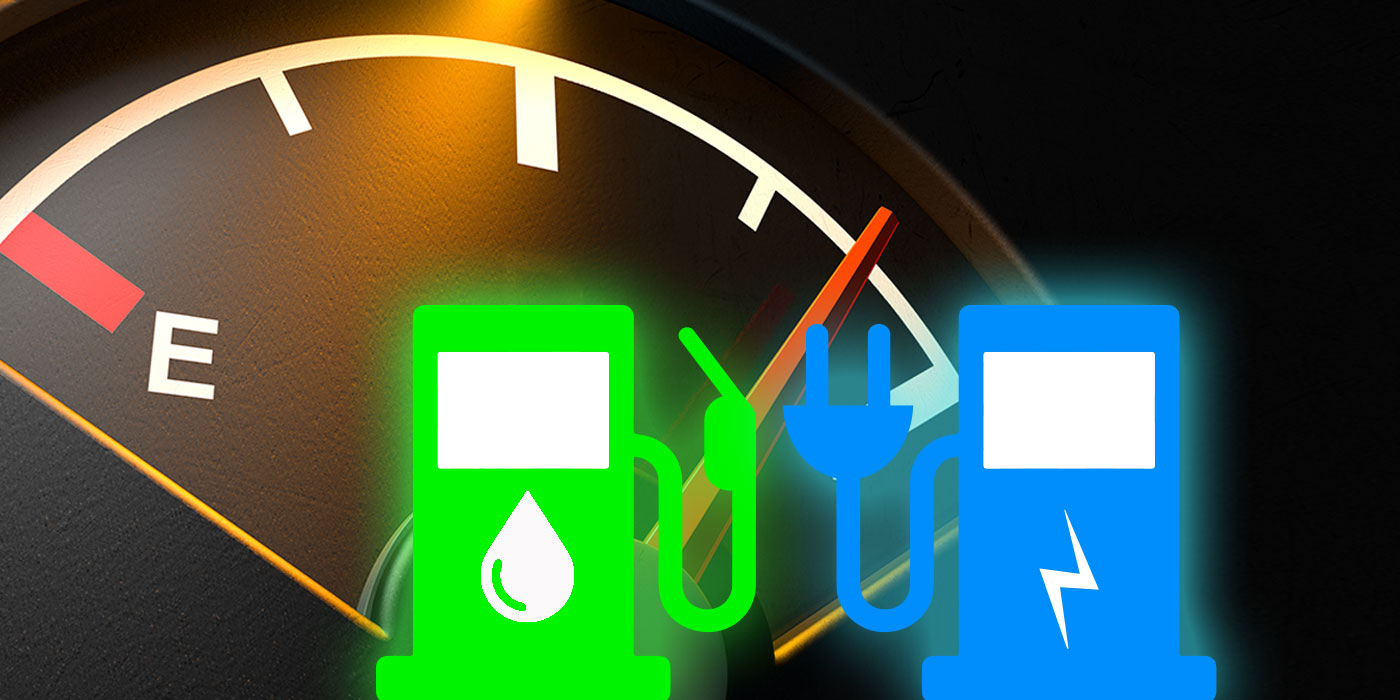Every fleet has unique preferences for wheel specifications, notes Mike Palladino, director of wheels product management at Accuride. Manufacturers should ask what’s important to their customers, he relates. For example, is it light-weighting equipment, financial impact, aesthetics or driver preference? They also need to be ready to meet all of the requirements for any vocation.
“Some fleets value weight savings the most,” Palladino says. “The North American Council for Freight Efficiency says that light-weighting technologies save 0.5% to 0.6% of fuel per 1,000 lbs. of weight reduction. For example, going from a steel wheel that weighs 65 lbs. down to a wheel that weighs 38 lbs. would save about 450 lbs., or approximately 0.2% of fuel, assuming the total vehicle weight decreases.”
Through continuous improvement and engineering, Palladino reports that Accuride has been able to take 16 lbs. out of an aluminum wheel since 1990. “Back then, the aluminum wheel weighed in at 54 lbs., while today the Accuride 43644 model weighs 38 lbs., without sacrificing load rating,” he says. “We also offer steel wheels that are more than 12 lbs. lighter than offshore competitor products.”
Amy Gross, marketing manager for Alcoa Wheels, notes that lightweight options are offered by the company. Included are the Alcoa Ultra One 22.5- x 8.25-in. aluminum wheel at 39 lbs. that is available at all major truck OEMs with High Polish and Mirror Polish finishes. The wheel is also available with Alcoa’s Dura-Bright and Dura-Black surface treatments.
“Alcoa Dura-Black wheels are manufactured using proprietary technology and production processes specifically for appearance and durability,” Gross explained. “The wheels feature a rim flange and mounting surface that appears bright, which provides increased protection during tire mounting and on the road.”
Wheel technology
No fleet wants to purchase a wheel that increases downtime and cannot withstand the test of time, Accuride’s Mike Palladino notes. “Our proprietary Steel Armor powder coat process ensures a level of corrosion protection to block the onset of rust at the point of entry when inevitable gouges, chips, scrapes and scrapes expose the metal of the wheel,” he explains. “On aluminum wheels, we offer Accu-Armor coating technology, which encases the wheel in a scuff-proof polymer that guards against mechanical damage as well as corrosive chemicals.”
vHub Bore Technology from Alcoa, notes Amy Gross, reduces the hub-to-wheel contact area by up to 64% compared to other aluminum wheels, leaving less surface area for corrosion to form. “Over time, wheels with almost 100% hub-to-wheel contact increase corrosion and create more time-consuming and difficult wheel removal,” she says. “Less corrosion means easier and safer wheel removal, saving time for technicians and lowering total cost of ownership.”
How telematics intersects with wheels
Wheel manufacturers are also addressing the increasing use of on-board telematics by fleets by developing technologies that work with tires and vehicle systems. “We’re working to understand how our wheels interact with other technologies,” Gross says. “One example is in the Tire Pressure Monitoring System (TPMS) arena.
“The cap that goes on the valve stem is a critical component that physically connects the tire to a TPMS system. Operators can easily remove the TPMS cap to put air in a tire and put it back on, but we’ve heard that the caps get lost, and once they’re gone the TPMS is no longer valuable.
“Understanding that pain point for our customers and the industry led to the new Alcoa Dual Valve wheel, which features a second valve stem so the TPMS sensor can operate on one valve while air pressure is serviced on the other,” Gross adds. “With dual valve wheels, TPMS technologies can overcome a barrier to providing their full value.”
Accuride is also addressing the increasing use of on-board telematics by fleets. “Wheel telematics, like tire pressure sensor integration, are on the horizon for us,” Mike Palladino says. “Fleets who embrace connected equipment should expect to be warned before a potential issue arises and be able to realize increased uptime. The challenge will be for the industry to settle on common standards and protocols, so smart features from different manufacturers are compatible with each other.”














